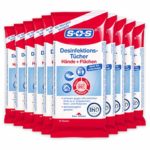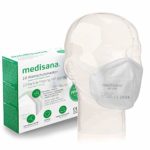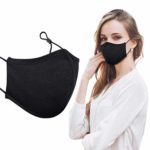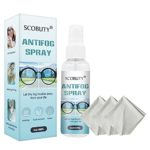Disinfectant buying guide - clean healthier?
The need for disinfection is increasing not only in times of the corona virus. People like to prevent, which is why the insurance industry is booming. We are also happy to protect ourselves with disposable materials such as gloves or aprons. But what is the use of all this and can you “wipe away” any illness so easily? in the Disinfectant price comparison of test-vergleiche.com we clarify.















Page comment